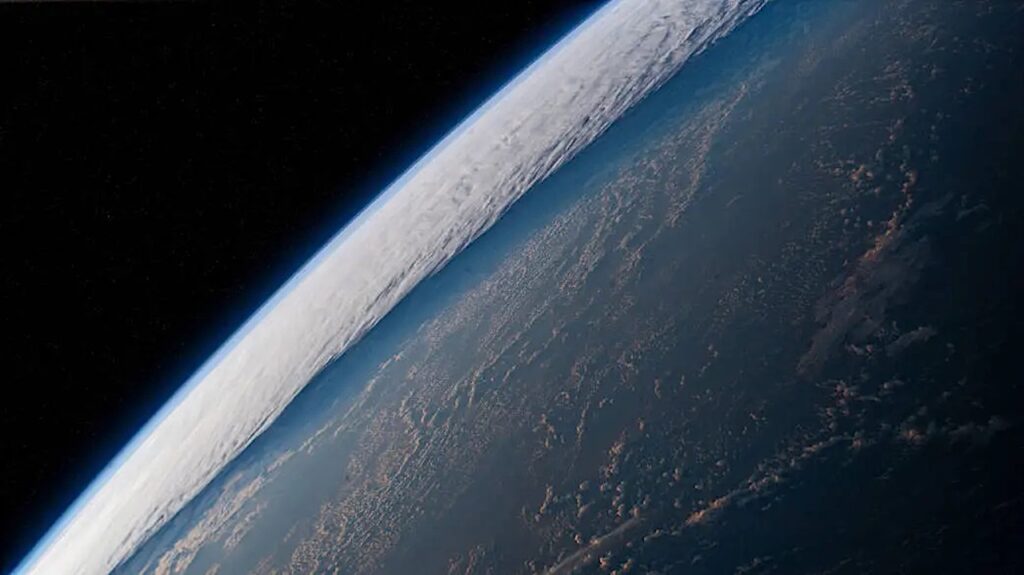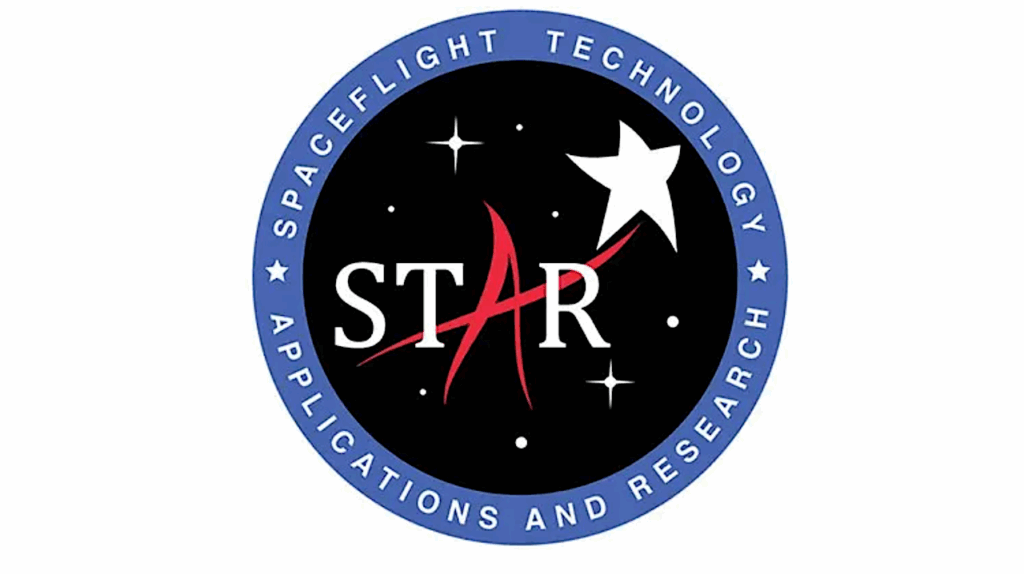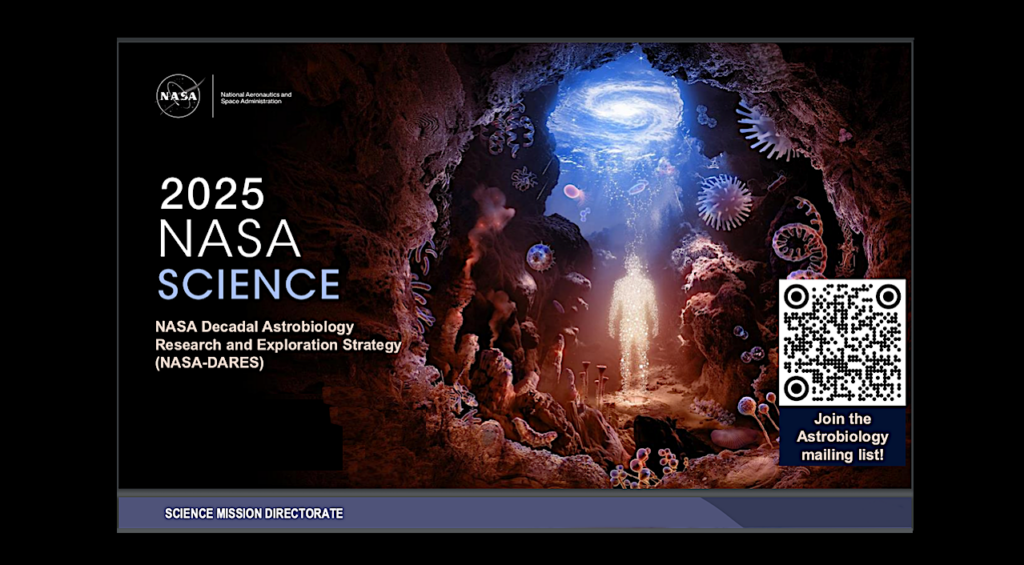NAI Director's Seminar: "Anaerobic Thermophilic Lithoautotrophs: Life Without Light and Oxygen"
Date/Time: Monday, December 6, 2010 11:00AM Pacific
Presenter: Elizaveta Bonch-Osmolovskaya (Russian Academy of Sciences)
Abstract: Anaerobic thermophilic lithoautotrophic microorganisms inhabiting volcanic environments use inorganic energy substrates, electron acceptors and a carbon source of geothermal origin – performing, therefore, as primary producers in such ecosystems.
From the hot springs of Kamchatka Peninsula (Russia) strains of a new hyperthermophilic bacterium growing optimally at 80*C were isolated, and described as a novel genus and species Caldimicrobium rimae. This organism belongs to the Thermodesulfobacteria phylum and it can grow lithoautotrophically with molecular hydrogen reducing elemental sulfur or thiosulfate. Strains of C. rimae are also capable of oxidizing volatile fatty acids and alcohols – the fermentation products of organotrophic hyperthermophilic Archaea and Bacteria.
Another new isolate – Thermosulfurimonas dismutans, also representing a new genus in phylum Thermodesulfobacteria, was obtained from the deep-sea hydrothermal samples of Lau Basin, Pacific Ocean. This newly-identified organism is an obligate lithoatotroph growing at 92*C on a mineral medium by dismutation of sulfur compounds – elemental sulfur or thiosulfate, during which one molecule is oxidized to sulfate and another reduced to sulfide. The growth is obligately dependent on the presence of ferric oxide in the medium, which binds sulfide formed in the course of growth, maintaining its low concentration in the medium.
Carbon monoxide (CO) is a usual component of volcanic gases, both in terrestrial and submarine hot springs. The ability to grow anaerobically at 100% CO in the gas phase producing molecular hydrogen and CO2 was found to be widely spread among thermophilic prokaryotes – bacteria of phylum Firmicutes and members of the archaeal genus Thermococcales. However, if the concentration of CO in the gas phase was 5 to 45%, the range of microorganisms capable of hydrogenogenic CO-trophy became much wider. Among new organisms capable of this type of metabolism are hyperthermophilic bacteria of the Dyctioglomy phylum and the hyperthermophilic crenarchaeote Thermofilum lithoautotrophicus.
Formate can be formed abiotically in hydrothermal environments in the course of serpentinization reactions. We found that some representatives of the hyperthermophilic archaeal genus Thermococcus can grow on formate producing molecular hydrogen. The energy yield of this reaction was previously considered insufficient to support microbial growth.
These and other newly-identified thermophilic lithoautotrophic microorganisms able to use energy substrates, electron acceptors and a carbon source of geothermal origin can act as the base of a microbial food web that is not dependent on either solar energy, or of the modern biosphere. Such communities could be regarded as modern analogues of early Earth or extraterrestrial ecosystems.
For more information and participation instructions: http://astrobiology.nasa.gov/nai/seminars/detail/186 [Source: NAI Newsletter]








